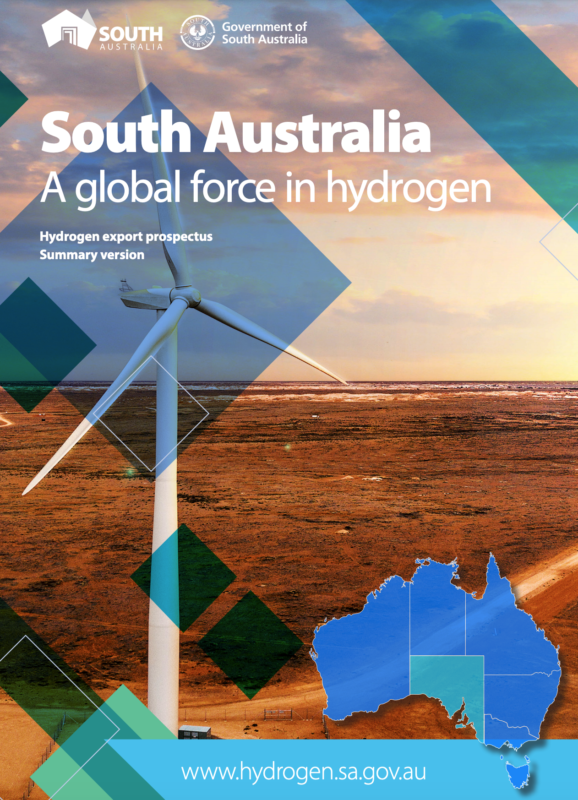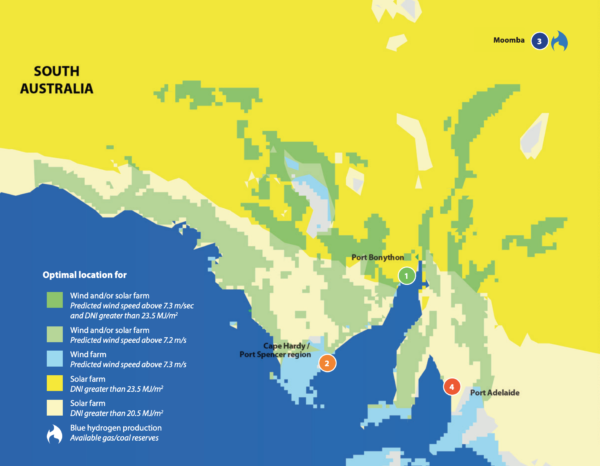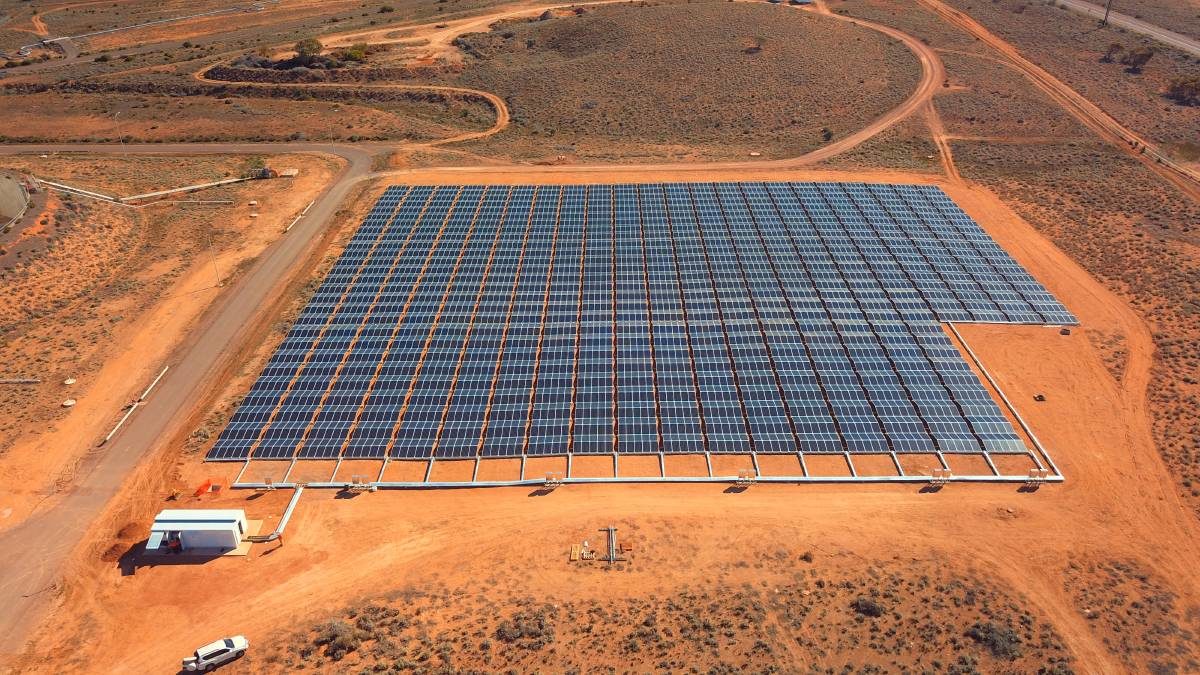Any one of the green hydrogen hubs identified in South Australia’s Hydrogen Export Prospectus launched late last week could at least double the current installed capacity of solar and wind farms in South Australia, a statement from Steven Marshall Premier of South Australia declared on Thursday.
The state already has some 2 GW of combined large-scale wind and solar and has committed to becoming net 100% powered by renewable energy by 2030, with the intention of exporting excess renewable generation to other NEM states via a new interconnector known as Project EnergyConnect and to other nations as hydrogen or ammonia.
“Hydrogen is shaping up as a game changer in the fight against climate change and our aim is to get the cost down so that it’s a commercially attractive option for heavy transport, power generation and use by industry,” said Dan van Holst Pellekaan, South Australia’s Minister for Energy and Mining.
The prospectus was heralded in the South Australian Hydrogen Action Plan, published in September last year, and has been researched and developed, along with an interactive modelling tool, by KPMG and engineering solutions consultancy WSP.
It identifies a number of favourable configuration options to develop competitive hydrogen export supply chains within South Australia and builds out four configurations in detail: the green hydrogen hubs centred on Port Bonython, Cape Hardy/Port Spencer and Port Adelaide; and a blue-hydrogen hub, using natural gas extracted from the Cooper Basin, processed in the vicinity of Moomba, and exported through Port Bonython.

Image: South Australian Government
Why SA is hydrogen-export friendly
Each of the green hubs builds on AEMO-identified Renewable Energy Zones, has port access within 75 kilometres of the renewable resource, and is calculated to produce hydrogen at $3.50 per kilogram, using electrolysis driven by renewable energy, with an estimated cost of between $38 and $47 per megawatt hour; the blue hydrogen option comes in at $2.5/kgH2, with an estimated cost of gas at $8 per gigajoule.
The included supply chain costs are production, transport, downstream processing and the export terminal, and outcomes benefit from the current record low interest rates, which reduce the cost of capital.
The Port Bonython green hub assumes 2.3-6.5 GW renewable energy development to feed electrolysers of 1.2-2.5 GW; and Cape/Hardy Port Spencer green hub assumes 1.1-61 GW of generation to feed 0.6-2.6 GW of electrolyser capacity — at 75% of electrolyser utilisation to allow for intermittent supply.
The Port Adelaide green hydrogen hub would utilise existing renewable infrastructure, with energy acquired via power purchase agreement, to kickstart the renewable hydrogen economy, although production is limited due to the current potential capacity of the grid.
The South Australian Government has also identified support mechanisms that can assist the budding industry to overcome potential development barriers and begin to serve global demand for hydrogen which has been forecast by global analysts to increase more than eight-fold by 2050 as the world seeks to decarbonise industrial processes and transport fleets.

Image: South Australian Government
Grasping the global window of opportunity
Analysis has targeted first export of hydrogen by 2030, and accelerated deployment is expected to drive down the costs of supply-chain technologies, as it has for the solar and battery industries.
The overall level of accuracy of the Free On Board (FOB) calculated costs in the Hydrogen Export Prospectus are estimated to be in the order +/- 40%, due to the current immaturity of the hydrogen industry and the breadth of the study.
South Australia is already seeing a commercial market for green hydrogen produced at its Hydrogen Park South Australia site in Tonsley Innovation District, even in advance of the 1.25 MW proton exchange membrane electrolyser (Australia’s largest to date) being fully commissioned.
In October, BOC signed an MOU to install a compressor at the site and take excess hydrogen for delivery by tube trailer to its customers in South Australia and potentially in Western Australia.
South Australia’s Hydrogen Action Plan also integrates with its Electric Vehicle Action Plan, currently under development, which the government says includes a role for fuel cell vehicles that use hydrogen rather than batteries to power passenger vehicles, and includes the infrastructure to support refueling of a substantial fuel-celled fleet.
Said van Holst Pellekan, “This new Prospectus and modelling tool cements our credentials as a world-class place to do business and a leading renewable hydrogen producer and supplier to the world.”
This content is protected by copyright and may not be reused. If you want to cooperate with us and would like to reuse some of our content, please contact: editors@pv-magazine.com.









2 comments
By submitting this form you agree to pv magazine using your data for the purposes of publishing your comment.
Your personal data will only be disclosed or otherwise transmitted to third parties for the purposes of spam filtering or if this is necessary for technical maintenance of the website. Any other transfer to third parties will not take place unless this is justified on the basis of applicable data protection regulations or if pv magazine is legally obliged to do so.
You may revoke this consent at any time with effect for the future, in which case your personal data will be deleted immediately. Otherwise, your data will be deleted if pv magazine has processed your request or the purpose of data storage is fulfilled.
Further information on data privacy can be found in our Data Protection Policy.